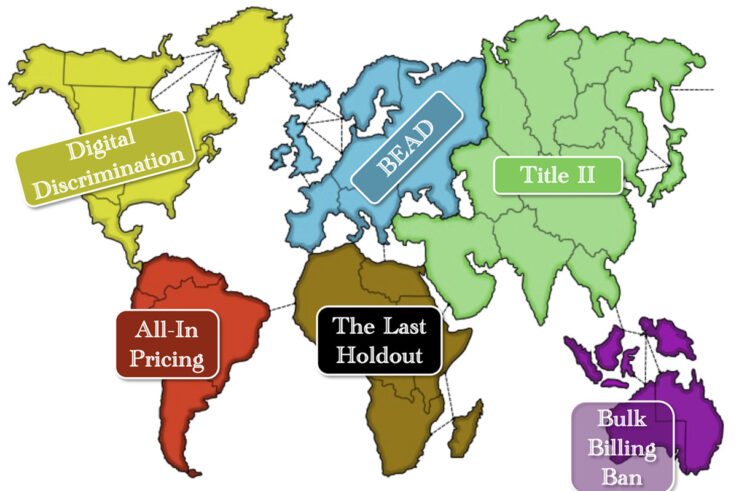This article is a part of the The Law & Economics of Interchange Fees Symposium symposium.
The GAO has a fairly extensive discussion of the costs and benefits of credit cards to merchants. However, that discussion focuses on the individual benefits. I would like to step back and put two of those benefits – increased merchant sales and fraud prevention costs – into the larger context that I discussed earlier.
First, there is the question of credit cards increasing merchant sales. How exactly does this occur? One possibility is that if some merchants accept credit cards and others do not, then some people will switch their business to the merchants that take credit cards. From the point of view of the merchants taking credit cards, their sales most certainly go up. From the point of view of the merchants which do not take credit cards, their sales go down. From society’s point of view, sales are moving from one business to another, but total sales do not change.
Another possibility is that credit cards provide ready access to a line of credit, allowing people to make purchases on credit that they otherwise would not be able to make. If so, it is not clear how much of an effect on sales that would really have. Credit cards are not the only source of credit in the economy. Also, credit has to be paid back. In the short run, credit can certainly increase sales, but, as the economy is so painfully reminding us right now, in the long run the bills have to be paid, so it is not clear that total sales over time increase.
It is also possible that credit cards are just more efficient than other payment methods and save both consumers and merchants money. If that is the case, then there is more money to spend in the economy and sales can go up. Research suggests, however, that the differences between different payment methods (in terms of the real resources used to process a payment) are relatively modest, often less than one cent per dollar spent.
Overall, then, it seems likely that most of any sales increase will come from moving sales between merchants. Intuitively, this makes sense. If you were told that you could not use any credit cards for the next five years, would your total spending over those five years be substantially lower? On the other hand, if you were told that a store down the street was not going to take credit cards anymore, would your spending at that store fall? Increased sales for a merchant may be good for that merchant, but whether society is better off is a different question.
Fraud is a different matter, though. Fraud takes money from some people and gives it to others. However, we as a society disapprove of fraud and do not wish to reward criminals. Thus, we view fraud losses as purely a bad thing for society. Unfortunately, all payment methods are subject to fraud. The GAO discusses costs of prevention for credit cards, but does not discuss the direct costs of fraud to merchants and consumers. Criminals go where the money is, and a lot of money flows through credit card receipts. Restaurant tips get changed, card numbers get stolen, transactions get rerun for higher amounts, cards are cloned – there is an endlessly changing list of fraudulent activities. Many of these activities are difficult to detect. For example, when the tip on a receipt is changed, many people will never notice, even though they just had money taken directly out of their pocket. Estimates on the costs of fraud for different payment methods vary, but there is general agreement that all payment methods are subject to fraud and that debit cards (when authorized with a personal identification number) have some of the lowest overall fraud rates. Different people bear the costs of fraud depending on the type of fraud and the payment method. Merchant costs for losses and prevention are important, but they are not the only ones affected.




